Originally a mission, the Alamo was a home to missionaries and their Native American converts for about 70 years (construction began in 1724). By the early 1800s, the Spanish military occupied the mission, opened a hospital there, and was home to both Revolutionaries and Royalists during Mexico's struggle for independence from Spain.
Below is a frontal view of the Alamo Cenotaph, 60-feet tall, located adjacent to the Alamo. Entitled "The Spirit of Sacrifice," it is a memorial to the Alamo heroes erected in 1936.
It marks the spot where the slain defenders were piled and burned in a large funeral pyre after the battle.
The Alamo played a critical role in the Texas Revolution. In late 1935, the Texans were victorious in a battle with Mexican troops and occupied the Alamo. General Santa Anna had become the self-appointed dictator of Mexico and led his army against the defenders. The commanding officer, Travis, sent pleas for reinforcements to many communities for help in defending the Alamo, but only 32 volunteers from Gonzales arrived providing a total of 168 individuals against approximately 2,000 soldiers in the Santa Anna army. Jim Bowie (renowned knife fighter) and David Crockett (famed frontiersman and congressman from TN) were among those who fought and died on March 6, 1936.
All of the defenders died in the final attack or were subsequently executed. Santa Anna had flown the "no quarter" flag during the siege to let his enemies know that it would be a fight to the death. Woman and children who had taken refuge in the Alamo during the siege were spared.
Santa Anna thought the defeat at the Alamo would quell the fight for independence, but, of course, instead it served to ignite it.
The Shrine is dedicated to the memory of the men who fell in defense of the Alamo.
The Long Barrack Museum (outer wall). Great exhibits in this museum.
Baptismal font from mission era.
Cavalry Courtyard (used as a stock pen during the siege) is now a lovely garden. There was an amazing growth of prickly pear...
Convento Courtyard (with a well dates back to the Mission Period. There is a very old, huge oak tree there. This photo does not do it justice. I could not capture it in one shot.
This is a a must-see if you visit San Antonio. Admission is free. We did the self-guided audio tour that was well worth the cost of $7. It was our first stop on our first day in San Antonio. I had wanted to see this place for a long time. Loved it.
Link to website: www.thealamo.org
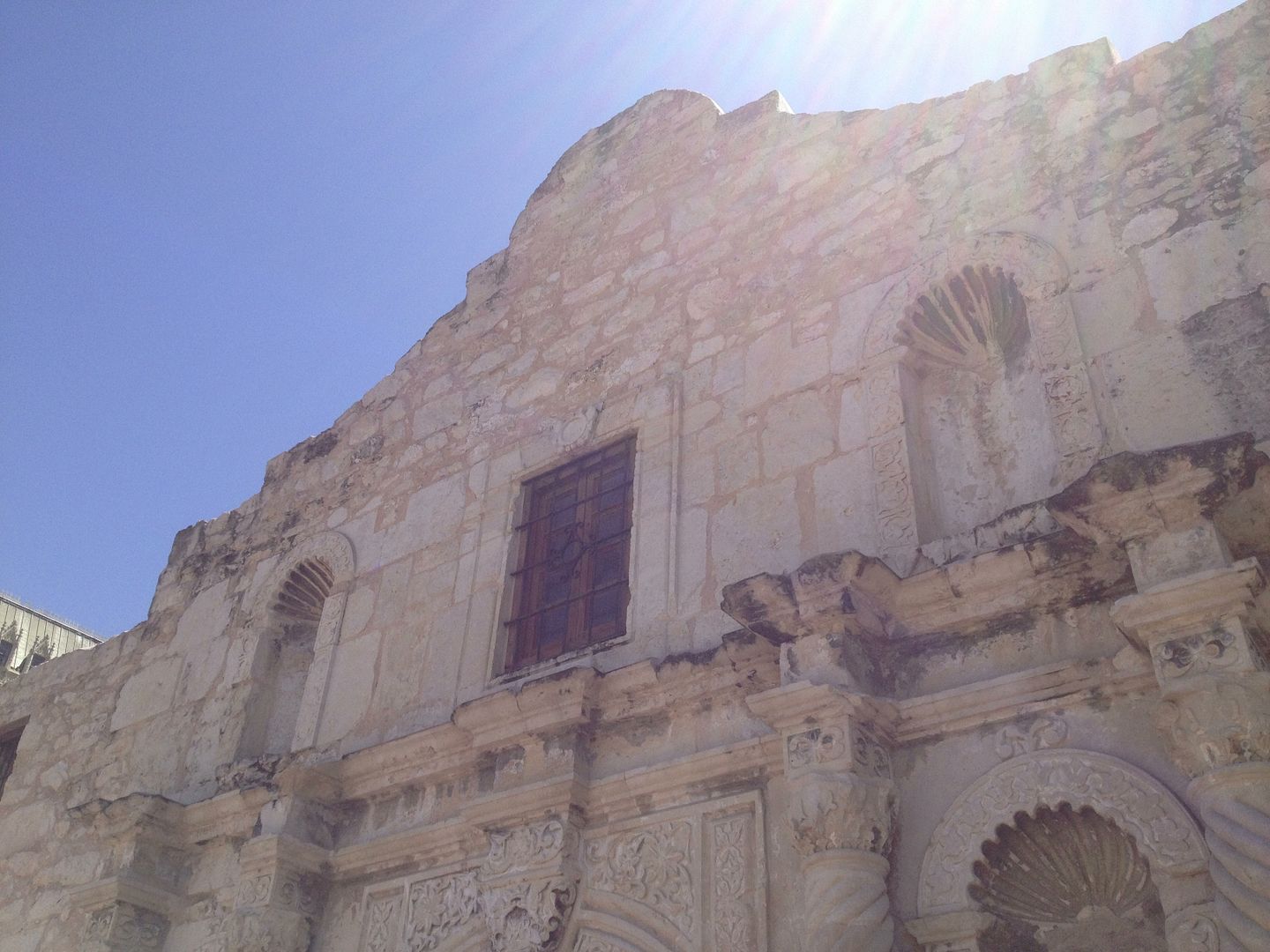

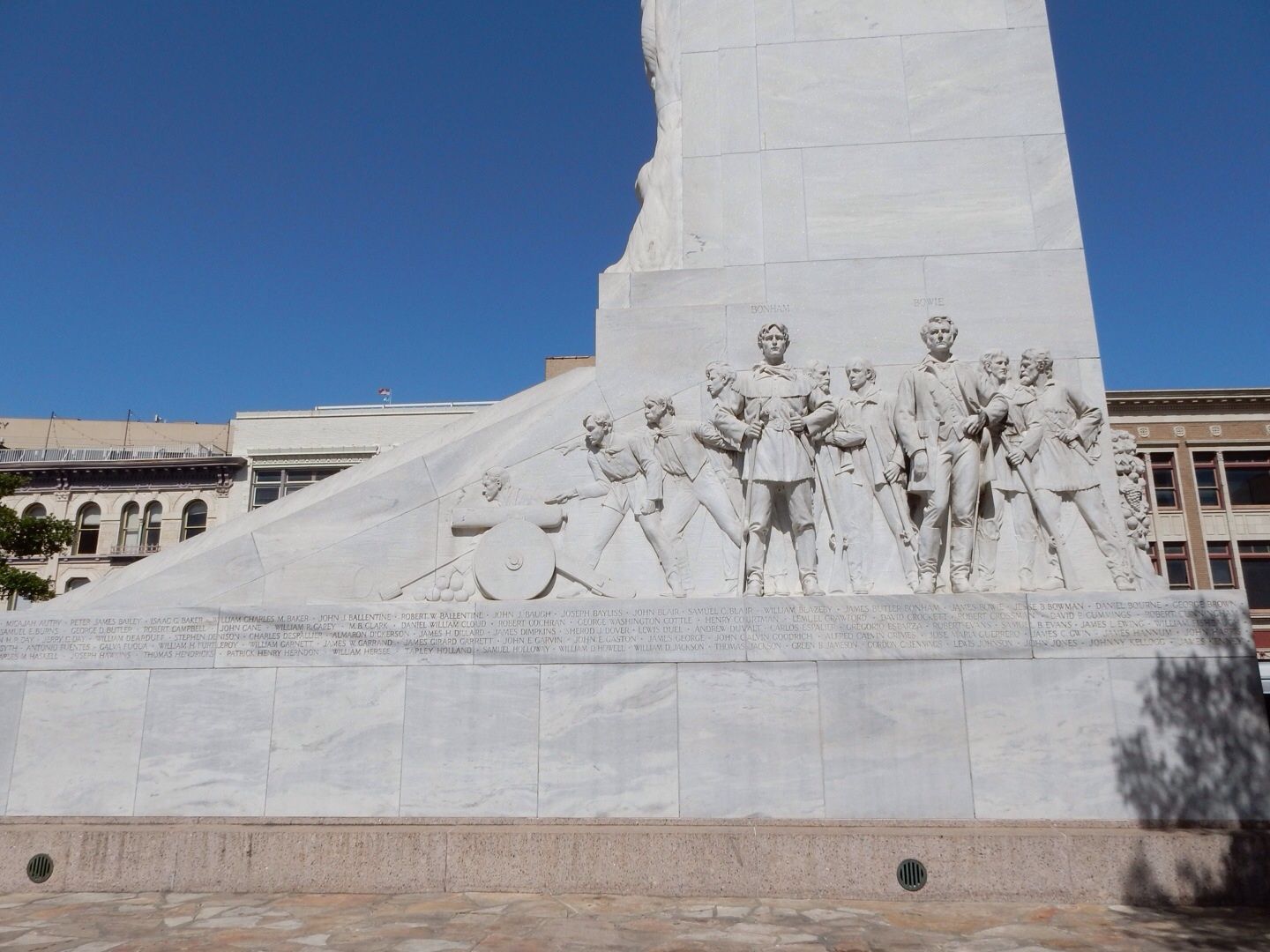
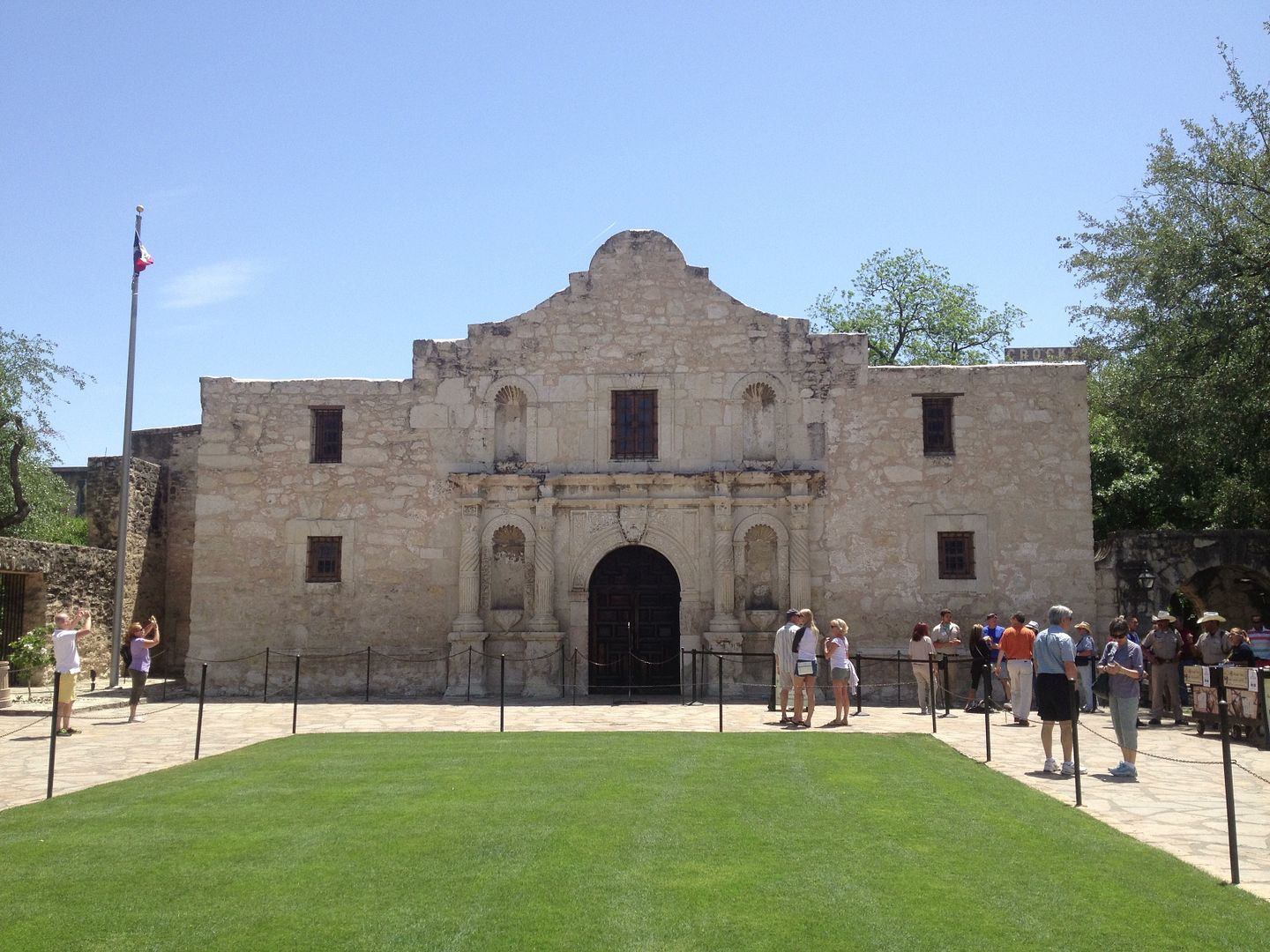
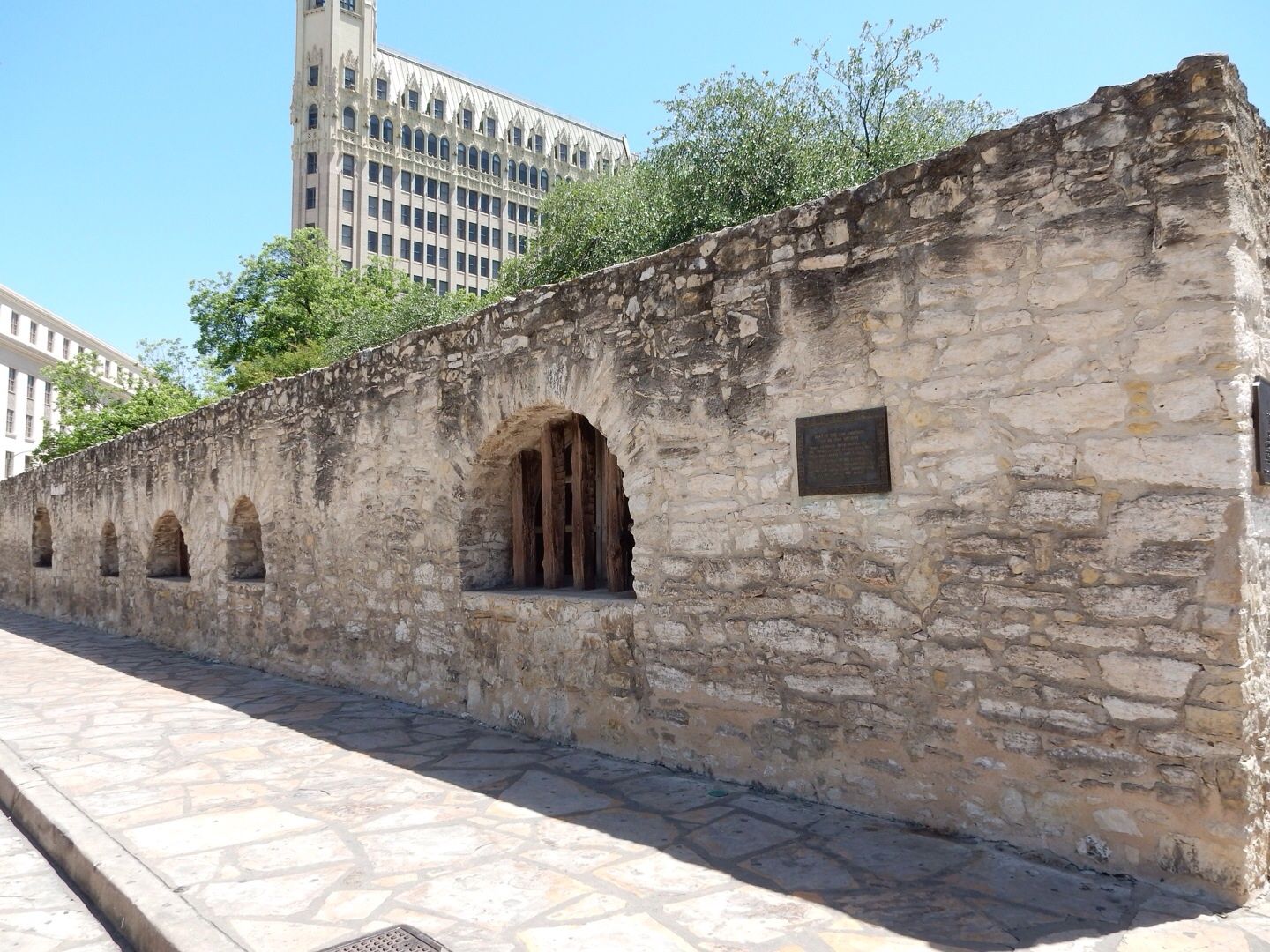
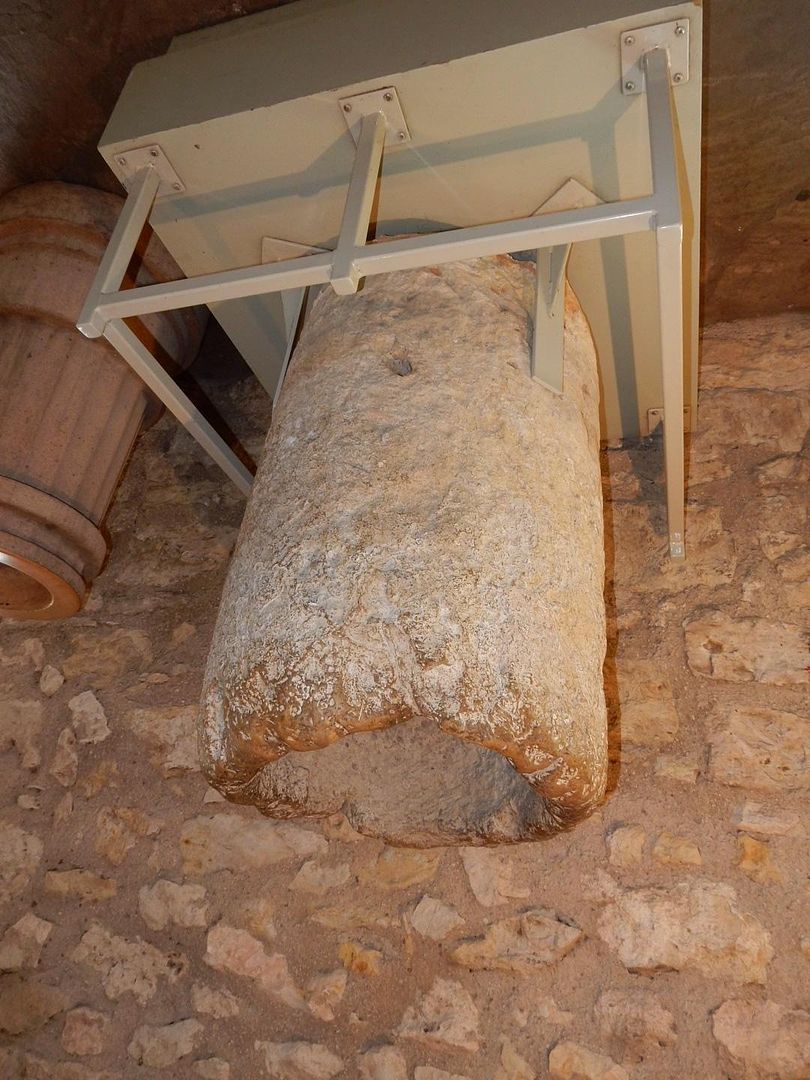

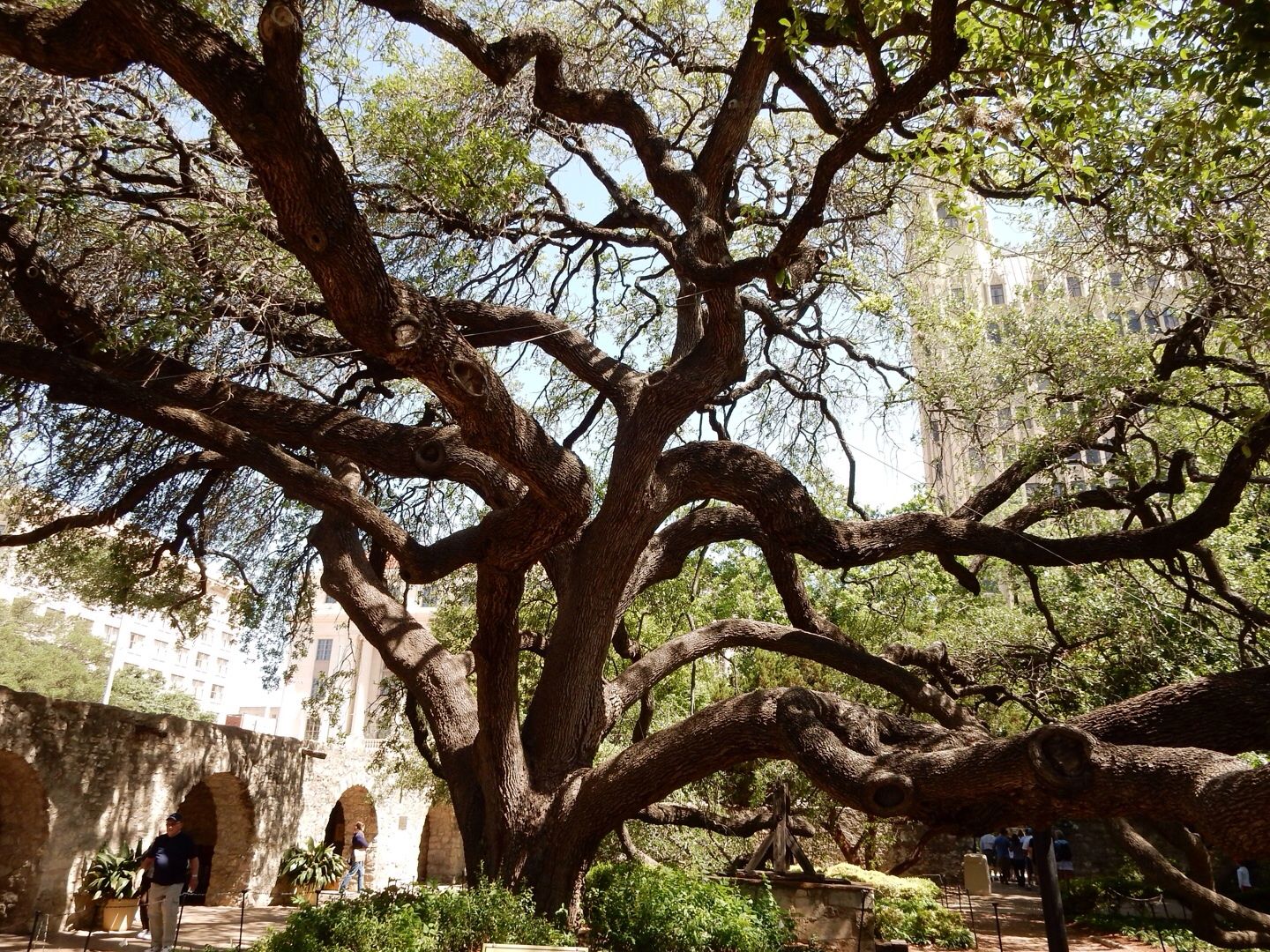
No comments:
Post a Comment